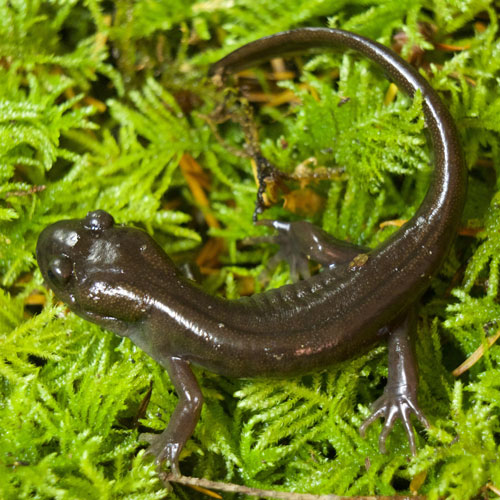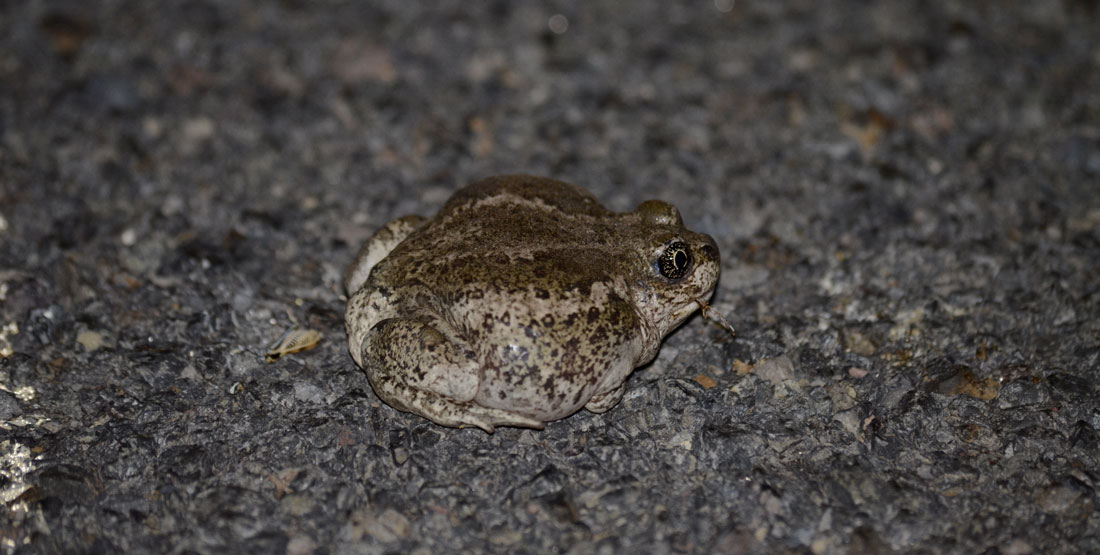Fast Facts
Where they live
- View a map of where they live
- In Washington state are found east of the Cascade mountains
- Live in dry or semi dry areas such as grasslands and prairies
- Prefer loose soil they can dig in and can spend several months buried underground
- Are terrestrial, do not rely heavily on water and are not found in water except in breeding season
Breeding
- Breeding season is April-June after heavy spring or summer rain
- Eggs are attached to plants or small branches in temporary pools of water
- Eggs hatch within a few days and tadpoles complete metamorphosis in about one week
Cool Biology Facts
- They emit a smell when picked up that is similar to peanuts that can also make you sneeze!
- They have vertical pupils, unlike most other toads that have horizontal pupils.
- Have the fastest metamorphosis rate of any North American anura
Threats
- There are currently no major threats to this species.

Amphibians & Reptiles of Washington
Do you know where rattlesnakes live in our state? Or which salamander breathes through its skin? Explore the fascinating diversity of the 26 species of amphibians and 28 reptiles found in Washington state.

